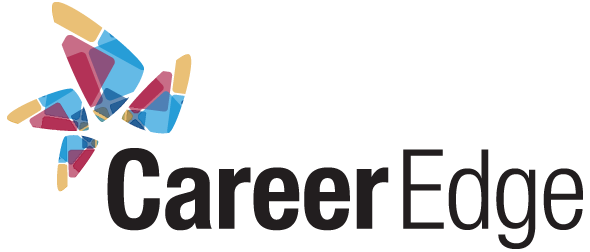As we all know, during this pandemic, we have all had to become more creative in the ways in which we safely interact with our friends. One said method has been through social distancing picnics. It was during one of these catch-up sessions that a friend of mine asked all of us if we knew what our personality types were. Of course, as a psychology major, I had heard about this, but a few of my friends had not. This led to all of us doing the 16personalities test. Not only did this create an hour-long conversation, but we all also came out of the discussion with a better understanding of one another.
As an ENFP, I had a general understanding of what my personality type was like, but it never really dawned on me that this could ultimately provide me with more insight in terms of the type of work environment, career, and work that I would thrive in. Albeit, my personality type in the last 10 years of my life, has changed once or twice, depending on the period in my life, but it has provided me with a general guideline.
For individuals who may be new to this, there are a total of 16 different personality types and each are distinguished by the combination of these different qualities or traits.
These qualities include:
I – Introvert
E – Extrovert
N – Intuitive
S – Observant
T – Thinking
F – Feeling
J – Judging
P – Prospecting
As stated in the 16personalities website, there are 4 main categories that split up the 16 Myers-Briggs personalities. They consist of “the Analyst, the Diplomats, the Sentinels and the Explorers.” Within each category, are 4 of the 16 personality types. Gaining a better understanding of which personality type you have, or someone on your team has, can help you and your organization thrive through leveraging strengths that each individual has. This can be seen as a guideline to help foster better working relationships and growth as a team.
In the coming weeks, we’ll give a quick breakdown of the different personality types and what they’re like in the workplace and ways in which these individuals thrive. First up, are the Analysts:
Within the 16personalities breakdown, the Analysts are “the Intuitive and Thinking personality types, that have a strong ability to rationalize and innovate.” Within the Analysts, there are the Architect (INTJ), Logician (INTP), Commander (ENTJ) and Debater (ENTP).
Architect (INTJ)
Logician (INTP)
Commander (ENTJ)
Debater (ENTP)
In the coming weeks, we will explore the Diplomats, Sentinels and Explorers. For all you Analysts out there, I encourage you to go through 16personalities, and discover ways in which your personality type can help you navigate work and building interpersonal relationships.
Check out part two here: Myers-Briggs Personality Types in the Workplace: Part 2
